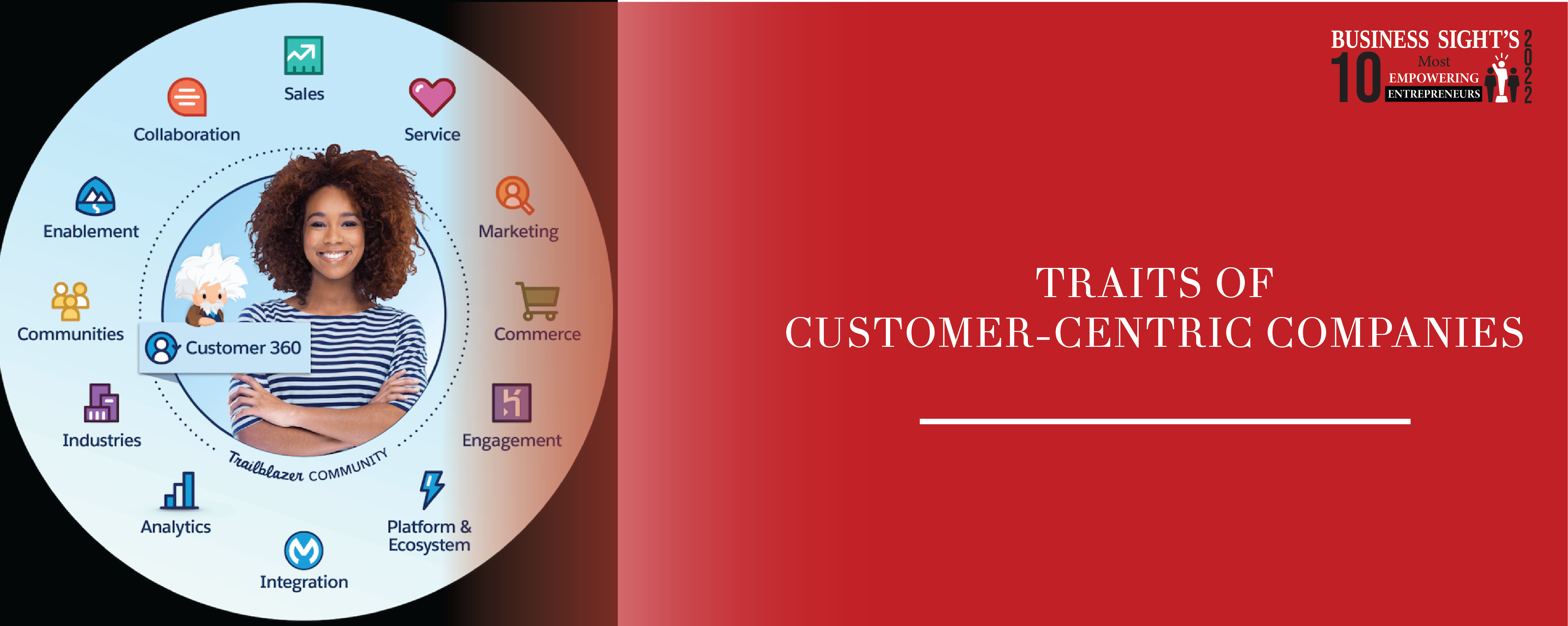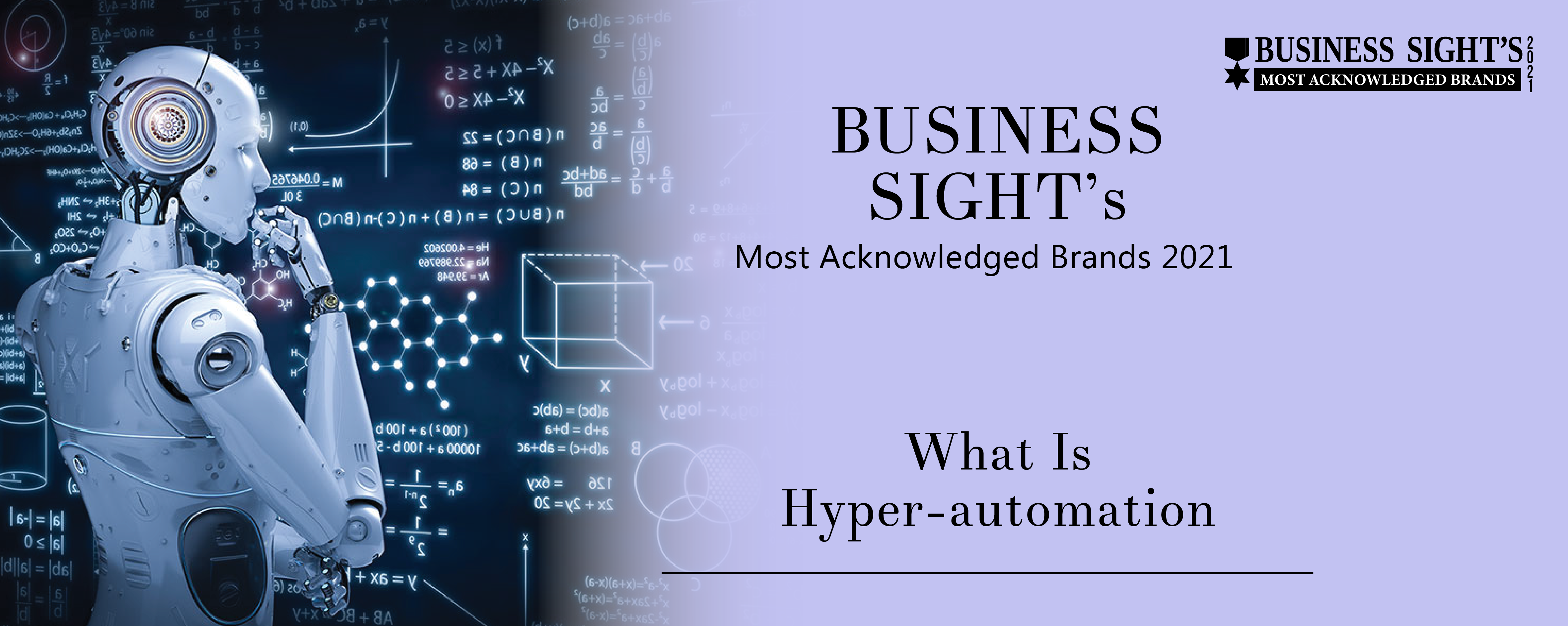Customer-centric companies are 60 percent more likely to make a profit than the companies who don’t push for customer-centricity. Customer-centricity is a way that brings high-quality customer experience at every interaction of the customer journey. It is intended to build customer loyalty and satisfaction which leads to referrals for more customers. Look at McDonald’s business model. Steve Easterbrook - CEO of McDonald’s, took over the role in 2015, leading a culture of listening to and acting on the feedback of customers. By looking at different ways of capturing customer feedback McDonald’s began to identify what customers wanted from the restaurant and delivered exactly what customers wished for. There was a desire for healthy menu options along with longer opening hours and of course, McDonald’s acted on the desires and delivered what customers wanted. McDonald’s has continued to evolve its product and service based on customer feedback and data with time. By implementing technologies and staying abreast of changing trends, McDonald captured its customers and also partnered with delivery service UberEats, in a bid to make the brand more relevant to modern consumers.
This is one of many examples of being a customer-centric brand. Other examples include Slack, Zappos, Hilton, etc., and the only thing to learn from these brands is that customers can make or break your business. Hence, it is important to incorporate traits to become a customer-centric brand and increase your brand identity and recognition and also, profit and sales.
You need to define certain aspects of your business to ensure you are transiting towards the customer-centric brand by putting customers first, listening to customers and team members, willingness to be proven wrong when it is in the customer’s best interest, understanding that an organization’s relationship with a customer has to be mutually beneficial, etc. An organization that forgets about customers is destined to fail as it will likely build the wrong products, invest in the wrong resources, and lose goodwill with customers. You can employ the following techniques to become a customer-centric brand.
NEEDS
Every customer has specific needs and they will seek the product accordingly. There is a famous quote from Henry Ford, "If I had asked people what they wanted, they would have said faster horses." Fulfilling needs of customers is great to become a customer-centric company but in the long run, you will have more competitors to worry about as your products or services will be offered by them in a different style. Hence, you must anticipate the needs of the customer to stay ahead in the game as Ford had said that if he had only listened to what customers thought he could build, he wouldn't have produced a car. This example portrays a way in which you can think ahead of time as Ford did and built a car instead of faster horses. It was a game-changing move and turned the business world upside down.
You can anticipate the needs of your customers by looking at their buying patterns or by collecting data that will give you insight into the potential customers’ needs. Other such examples are Steve Jobs – who predicted what the world will want in the future and give iPhone, etc. and Elon Musk – who looked towards a sustainable future of mankind.
ACCESS
It is important for you to focus on your business and expand its footprint in the world but what happens when a customer has a query or grievance? Is your support team capable to handle the request? Or should you be accessible to the customers so that they can take up with you directly?
Most of the companies have ‘Contact Us’ to ensure that customers feel that they listened to and it plays a huge role in boosting loyalty and referrals from them.
BEYOND PURCHASE
At the end of the day, your business's goal is to get customers to purchase your product or service and most businesses aim only at this but what about buying again? Is your customer likely to come again and buy from you? It is a well-known fact that getting a new customer is five times costlier than retaining the old customer. You should aim at recurring purchases by providing excellent after-sales services and keeping in touch with your customers.

















